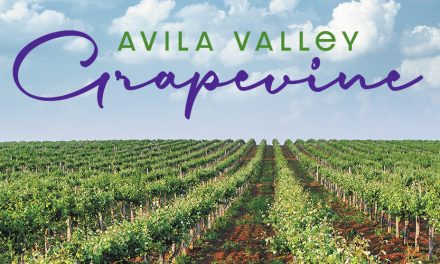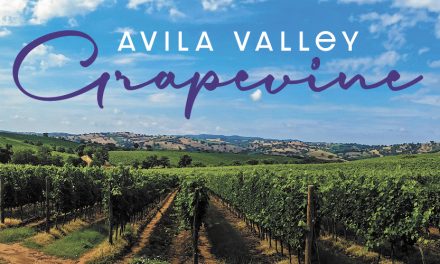By Betty Hartig
There are plenty of waterfowl to view from the Bob Jones Pathway. At any time, you might hear geese flying overhead honking at incredible decibels. These Canada geese, Branta canadensis, display well-disciplined unity while flying in a large V-formation. Do you wonder why they honk while soaring across the sky? They are encouraging the leader as well as the geese ahead of them.
It is teamwork! The honking also helps coordinate communication and position shifts within the formation. Fighter pilots often use this type of formation for the same reason. But wait a minute, shouldn’t the geese be flying farther south for the winter? No, they are just flying in to graze on the golf course, which is one of their favorite areas to call home. In some areas, they stay year-round instead of migrating to different winter grounds. The estuary area is a comfortable homestead with grasses and other waterbirds to befriend. Most Canadian geese are migratory. Avila’s Canada geese population stays put all year long. Can you blame them? They know paradise when they see it. Geese easily digest grass; hence parks and golf courses are prime locations for them to reside. The low green surface also provides an unobstructed view of approaching predators.
Therefore, abundant gaggles are found in expansive grassy areas, such as those found along the Bob Jones Pathway. With ample food supply, water, and safe places, these geese no longer need to leave for the winter.
The well-known idiom, what is good for the goose is good for the gander, is an appropriate phrase. Their distinct “V” flight pattern is designed with a purpose. It allows the flock to travel efficiently. The formation conserves energy by taking advantage of air currents created by their wingtips. Experienced individuals take turns leading the flock in the V-formation. This allows geese to fly for a long time before stopping to rest. In good weather, they can log as many as 1,500 miles in a day. When migrating, geese can fly an average speed of 40 miles per hour, but if they catch a strong tailwind, their pace can zoom to 70 miles per hour. The birds fly slightly above the bird in front of them, resulting in a reduction of drag. As if the geese are making sure all is clear, their white cheeks flash when the goose shakes its head right before taking flight. Keeping track of every member of the group is another benefit of the V-flight formation. These powerful high-flying species are indeed smart aviators, far from being a silly goose.



Canada geese are interesting creatures. Not only do they work together while flying, but they also take their role as a pair quite seriously. Geese are monogamous. They mate for life! Their divorce rate is nearly zilch. It is said that when their partner dies, the widow or widower will have a mourning period. Now, that is dedication! Their life span ranges between 10 – 24 years. Together the goose and the gander practice responsible parenting skills. The eggs are incubated by the hen for about one month while the gander stands guard. The nest, usually built at a slightly elevated site near water, has body feathers and down feathers added by the goose. Oh, those down plumes feel so fine. Goslings can eat, walk, swim, and feed within 24 hours of hatching. Both parents will aggressively defend their young until they can fly, which is at about 10 weeks.
Both migratory and residential Canada geese populations have grown. Residential geese have adjusted well to living near people. They are often less vulnerable to predators and typically begin nesting at a younger age and produce larger clutches than their migratory counterparts. Therefore, it is not your imagination surmising that the geese population has grown. While you are out on the Bob Jones Trail, enjoy the variety of waterfowl that can be seen. The geese are survivors that can teach us many things, such as cooperative behavior. They are entertaining to watch, beautifully designed, deserve respect, and are fascinating to learn about.






